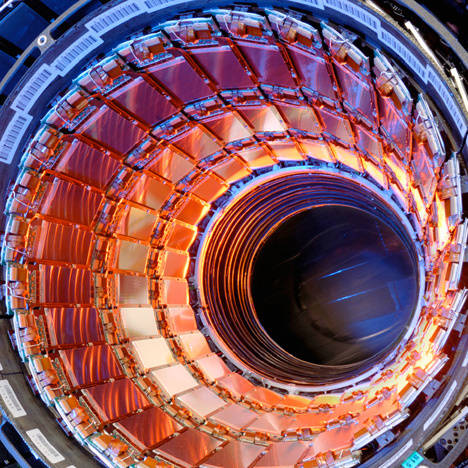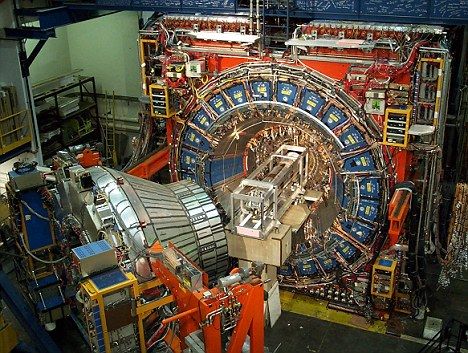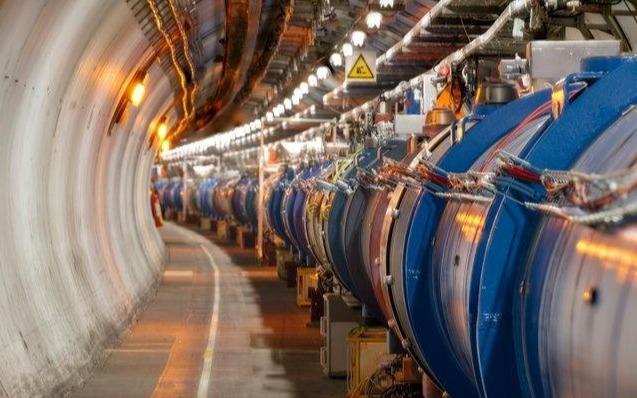Can you imagine a particle gas pedal small enough to fit in the palm of your hand? Yes, you heard it right, a team of German researchers has recently done something amazing. They have developed one of the world's smallest particle gas pedals, so let's take a look at the wonders of this little giant of science!

Let's start with what a particle gas pedal does. Simply put, it is like a roller coaster for particles, which is made to speed up to extremely high speeds by a powerful electromagnetic field. The accelerated particles can be used to conduct a variety of scientific experiments, such as exploring the origin of the universe and studying the basic structure of matter. Traditional particle gas pedals are not gadgets, most of them cover a huge area, and some even need to be as big as several soccer fields. But now, the German research team is like the “magic brush” in the science and technology sector, with superb technical means, drew this pocket-sized particle gas pedal. As you can imagine, this miniature particle gas pedal is like a high-tech version of the “fingertip gyroscope”, which can not only be carried around but also be flexibly utilized in various environments. Don't underestimate it, the application prospect of microparticle gas pedals is very wide. First of all, it can be used in the medical field, such as cancer treatment. Traditional particle gas pedals for radiation therapy occupy a large area and have high costs, while micro gas pedals can be installed directly in hospitals, making it easy for doctors to carry out precise radiation therapy and reduce damage to healthy tissues.
Materials scientists are faced with the microstructure of various materials every day, like deciphering a complex codebook. And this micro gas pedal is the code breaker in their hands. With this micro-accelerator, researchers are like holding a molecular-level “microscope”, able to observe every subtle change in the material. For example, in the study of new alloys, they can observe through the micro-accelerator how the different metal atoms are arranged and combined to understand the source of strength and toughness of the alloy.

Another example is that when studying semiconductor materials, they can see how electrons move through the material and thus design more efficient electronic devices.
If materials science is compared to a detective story, then the researchers are Sherlock Holmes holding a magnifying glass, and this micro-accelerator is their high-tech magnifying glass. With it, scientists can easily crack a variety of materials “case”. For example, they can find a material in a particular condition why the deformation will occur, and can even predict the performance of materials in extreme environments. This is of great significance to the research and development of materials in the aerospace, automotive, and electronic equipment industries.
Not only that, but this miniature particle gas pedal opens up many new areas of research. Scientists can use it to study biological materials and understand the internal structure of proteins and cells; they can also use it to study nanomaterials and explore their potential in various applications. In short, with this micro-accelerator, scientists' adventures in the microscopic world will become deeper and broader. This miniature particle gas pedal is not just a compact technological device, it is a key to unlocking countless new scientific discoveries. Through it, scientists will be able to better understand the microstructure of materials, reveal many secrets hidden inside materials, and promote research and technological progress in various fields.

The emergence of miniature particle gas pedals not only demonstrates the power of scientific and technological progress but also lets us see the scientists' spirit of continuous pursuit of innovation. With the continuous development of technology, the performance of this kind of micro-device will become stronger and stronger, and the field of application will become more and more extensive. In short, the German research team's invention is like giving the scientific community a “magic key” to open the door to the microscopic world. In the future, we have reason to believe that with the birth of more similar micro-accelerators, mankind will go farther and deeper on the road of scientific exploration.
So the next time you hear about particle gas pedals, don't imagine that behemoth. Remember, this seemingly insignificant little guy is quietly changing our world!





